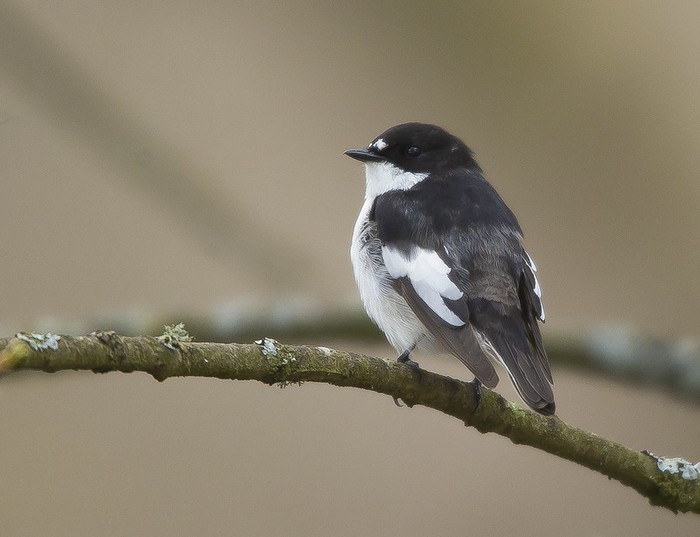Colour Comes at a Cost: Melanin Adds a Quarter of Feather Mass
New research reveals that pigments can make up around 25% of a feather’s weight, with darker eumelanin-based colours adding more mass than lighter hues - suggesting a hidden metabolic cost to plumage colouration and possible evolutionary trade-offs.

Feathers, flight, and colour
Feathers are one of evolution’s greatest innovations, combining strength, insulation, and near-weightlessness. While their aerodynamic structure is central to flight, feathers also serve as canvases for signalling, camouflage, and species recognition. Much of this colour is generated by melanin pigments - eumelanin producing black, grey, and brown tones, and pheomelanin responsible for rufous and lighter shades.
Until now, scientists have never quantified how much these pigments contribute to feather weight - a crucial consideration, since even small increases in body mass can alter flight efficiency. A new study by Ismael Galván and Julene Gómez-Vicioso, published in *Biology Letters*, has done just that, extracting and weighing melanin from feathers of 19 bird species to measure its true contribution.
Measuring pigment load
The researchers used feathers from species including Golden Eagle (Aquila chrysaetos), Pied Flycatcher (Ficedula hypoleuca), and Red-legged Partridge (Alectoris rufa). After chemically removing melanin from the keratin matrix, they compared pigment mass to total feather weight.
The results were striking: on average, melanins accounted for 22.3% of feather mass. In extreme cases, such as Raven (Corvus corax), pigments made up more than 60%. Eumelanin contributed significantly more weight than pheomelanin, and feathers with different pigment mixtures still averaged out at roughly a quarter of their total mass being pigment.
The hidden costs of darkness
These findings suggest that dark plumages may carry higher metabolic costs. Producing and carrying eumelanin-heavy feathers makes birds fractionally heavier, potentially influencing flight performance and energy expenditure. Over evolutionary time, this could shape why certain colour patterns dominate in different species or habitats.
Intriguingly, the study also found differences within eumelanin itself: feathers with higher proportions of one subunit (DHI) were heavier than those with more of another (DHICA). This opens the possibility that subtle shades of grey or black plumage may reflect not just colour, but also physiological costs.
Why white may win
The work may also shed light on why many Arctic birds - from Gyrfalcons (Falco rusticolus) to Snowy Owls (Bubo scandiacus) - are predominantly white. Lacking pigment allows feathers to remain lighter, potentially freeing resources to grow denser plumage for insulation without a weight penalty. This could provide a survival advantage in cold, wind-swept environments.
Conversely, in most ecosystems, selective pressures for camouflage, mate choice, or UV protection may outweigh the energetic costs of pigment. The result is the stunning diversity of avian colouration we see today - but one now shown to carry physical consequences beyond the visual.
A new dimension in colour evolution
By establishing that melanin adds around a quarter to feather mass, the study identifies a new evolutionary constraint: there may be a hard limit to how much pigment birds can afford to carry. This limit, the authors suggest, could shape everything from species-level colour strategies to the evolution of migratory habits.
Future research may explore how pigment costs compare with other feather colour mechanisms, such as carotenoids or structural colours, and whether differences in pigment load influence survival or reproductive success in wild populations.
For now, the message is clear: in birds, colour is not just about beauty or function - it comes with a weighty price tag.
August 2025
Share this story







